Ski Essentials Checklist

Updated on July 30, 2025
Planning a ski trip requires careful organization to make sure you don't forget anything essential. Between technical gear, appropriate clothing, and must-have accessories, putting together a full ski checklist can be overwhelming. In this guide, discover all our tips to help you prepare for your mountain holiday with peace of mind.
Summary
Ski essentials: selection criteria
Complete ski checklist
Gear by trip duration
Frequently asked questions
Ski Essentials: Selection Criteria
Protection from the Cold
To fully enjoy your days on the slopes without freezing, use the 3-layer system. This proven technique ensures optimal insulation while keeping you mobile. Start with a base layer of moisture-wicking thermal underwear — often called the “second skin.” Add a second layer: a fleece or technical pullover to trap heat and keep your body temperature steady. Finish with a third layer: a waterproof jacket and pants to protect against wind, snow, and rain.
Choose materials wisely: prioritize technical fabrics designed for harsh mountain conditions. For the layer closest to your skin, merino wool is ideal — it regulates temperature and prevents odors. Be sure to protect sensitive areas: a good neck warmer, snug wrist cuffs, and high ski socks are key.
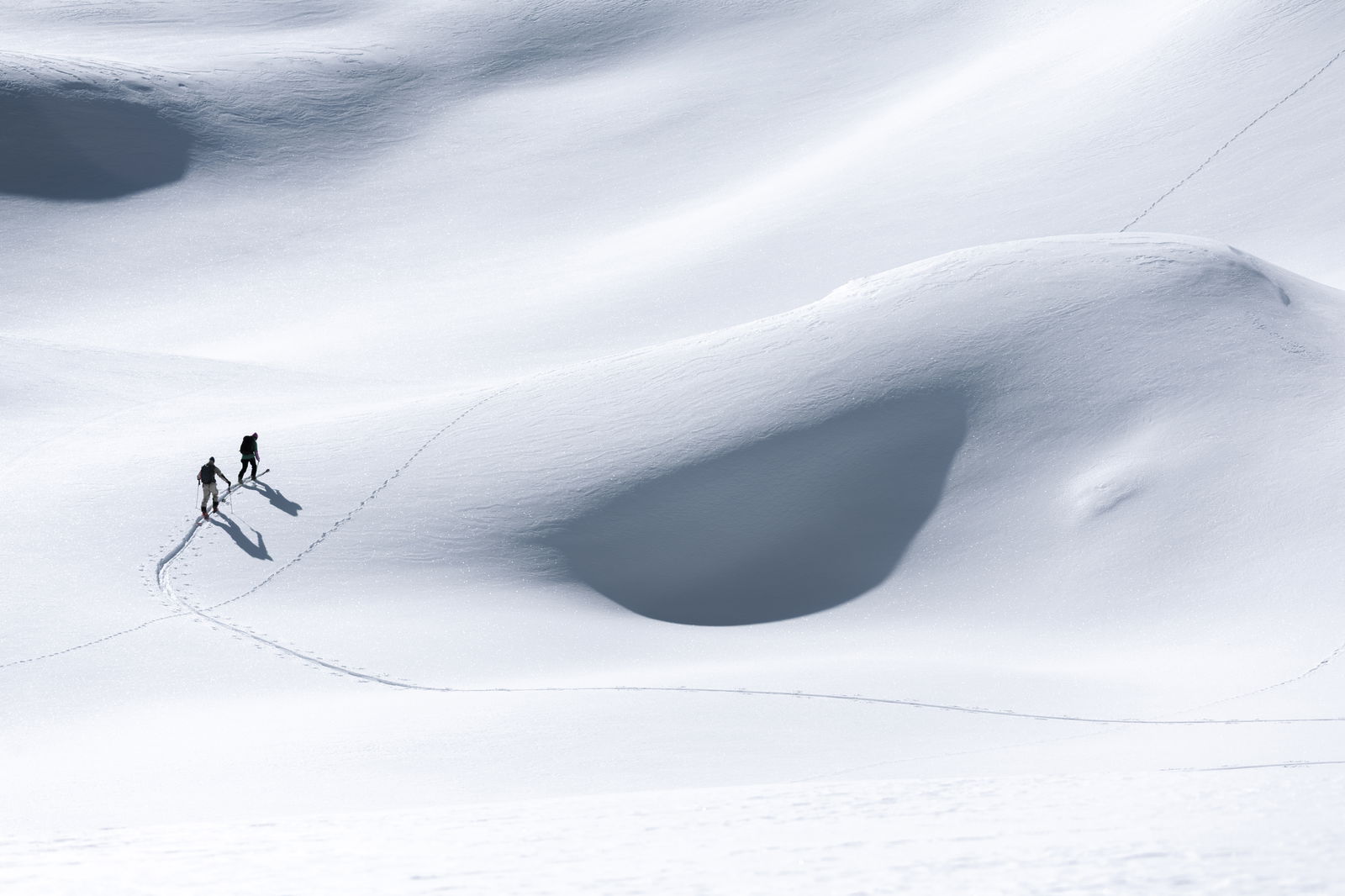
Comfort and Safety
Safety on the slopes starts with compliant, high-quality gear. Your helmet must be CE EN 1077 certified to offer proper protection. Choose your ski mask based on weather conditions: category 2 UV protection for cloudy days, and category 3 or 4 for sunny conditions — snow glare can be intense.
Comfort also comes from the details. Invest in seamless ski socks to prevent blisters. Choose gloves that are both waterproof and breathable thanks to a technical membrane. For optimal temperature control, go for clothing with well-placed ventilation zippers. This helps you adapt easily to weather and physical effort.
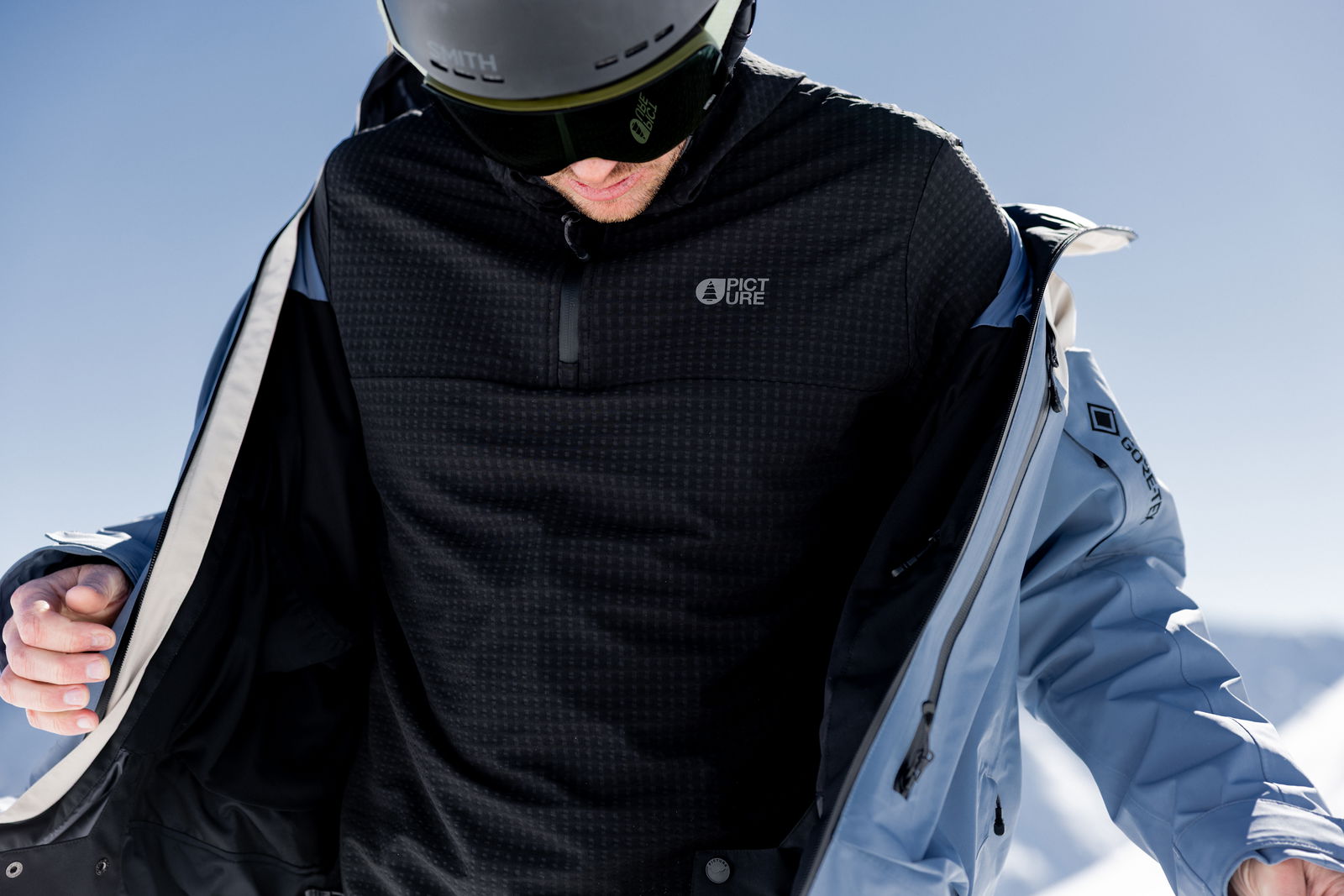
Budget
Budgeting matters, especially when deciding between renting and buying. If you’re a beginner or ski occasionally, renting is the more economical, flexible choice. However, buying your own gear pays off after 2–3 weeks of skiing per year.
Prioritize your spending: focus on items that affect safety and comfort. Match accessory quality to how often you ski. End-of-season sales are perfect for good deals. For key items like jackets, pants, and boots, always opt for quality — these will last several seasons and are worth the investment.
Complete Ski Checklist
Technical Equipment
Skis or snowboard suited to your level
Properly fitted ski boots or snowboard boots
Ski poles (elbows at 90° when holding)
Certified, well-fitted helmet
Ski mask with lenses suited to light conditions
Sunglasses (category 3 minimum)
Extra protection for snowboarders (wrist guards, back protector)
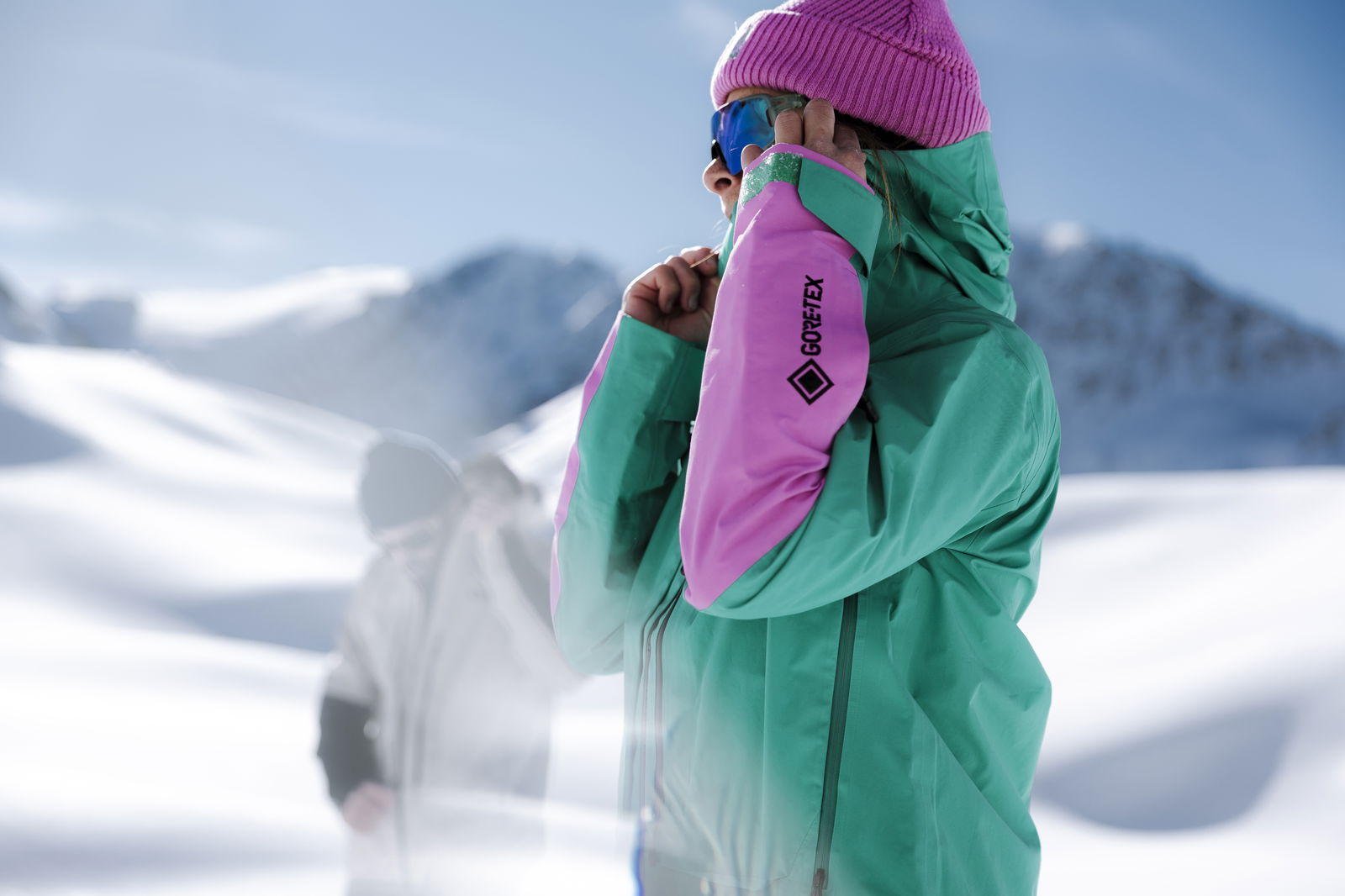
Technical Clothing
Thermal base layers (top and bottom)
Breathable fleece or technical mid-layer
Waterproof ski jacket with technical membrane
Ski pants with built-in gaiters
Ski socks (at least 3 pairs) → Avoid cotton; prefer technical fabrics or wool
Waterproof gloves or mittens → Silk glove liners recommended → Go for wrist-tightening models
Essential Accessories
Neck warmer or technical neck gaiter
Warm, breathable beanie
High-protection sunscreen (SPF 50+) → Reapply every 2 hours → Don’t forget under your nose
Protective lip balm
Ski backpack (20–30L) → With helmet attachment → Compartment for insulated water bottle
Basic first-aid kit → Blister plasters → Bandages and antiseptic → Bruise cream → Elastic wrap
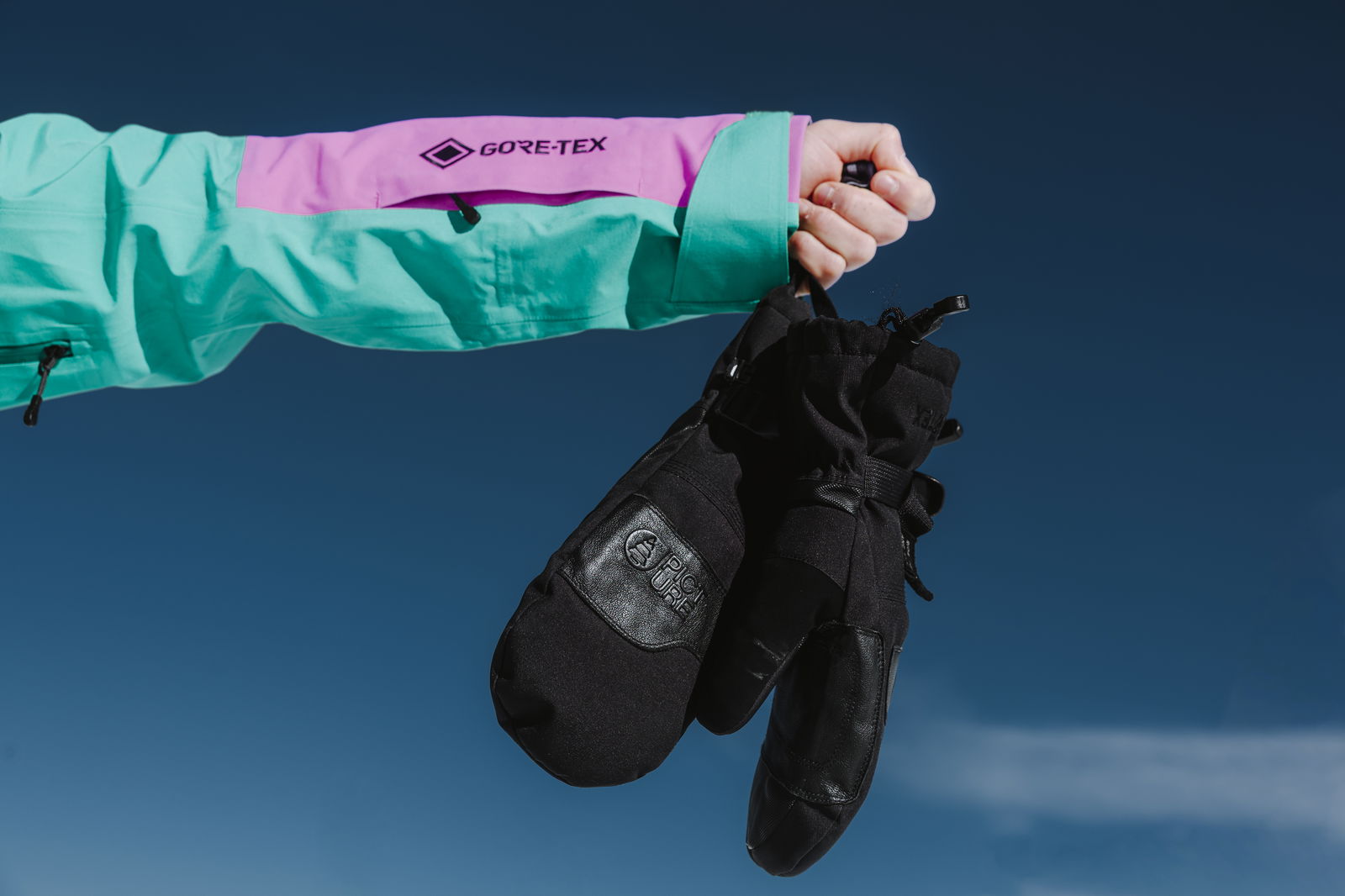
Winter Luggage by Trip Duration
Weekend Ski Trip
One complete ski outfit
Minimum spare clothes
2 pairs of underwear
2 pairs of socks → Focus on essentials → Compact, easy-to-carry bag → Simplified checklist to avoid forgetting
One-Week Ski Trip
2–3 full ski outfits
Sufficient spare clothes
5–6 pairs of underwear
4–5 pairs of socks → Full après-ski gear → Comfortable boots → Casual evening wear → Laundry bag for damp gear
Extended Stay (10+ Days)
Full maintenance kit → Wax and scraper → Screwdriver for bindings → Cleaning cloths
Versatile clothing → Adaptable to changing weather → Layerable mid-layers
Extra comfort accessories → Heated insoles → Reusable hand warmers → Compartmentalized storage bags
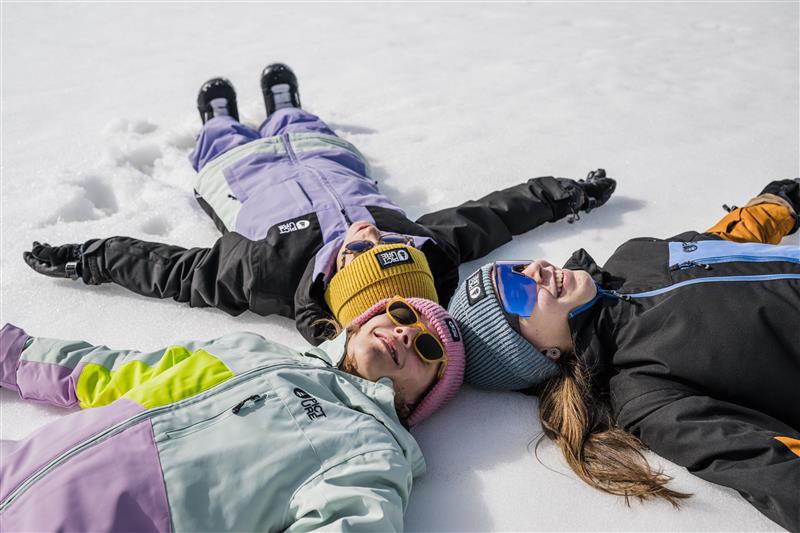
Specific Tips for Children
Clothes adapted to their size → Go one size up for freedom of movement → One-piece snowsuits for the youngest
Extra protection → Mandatory back protector → Perfectly fitted helmet
Additional accessories → Name labels on clothes → More spare clothes than adults → Waterproof comfort toy
Frequently Asked Questions
What should I pack for a ski trip? The basics include a full ski outfit (jacket, pants, base layers), protective equipment (helmet, mask), and safety accessories (sunscreen, sunglasses). Also pack warm clothes and appropriate footwear for après-ski.
What clothes are best for skiing? Use the 3-layer system: thermal base layers, insulating mid-layers (fleece), and waterproof outerwear (jacket and pants). Breathability is key to staying dry and warm.
How many ski pants do I need for a week? Bring 2 ski pants to alternate and allow one to dry properly between uses, ensuring maximum comfort all week.
What should I buy to go skiing? Prioritize technical clothing and protective gear. You can rent the rest as needed. If you're starting out, focus on safety and comfort: helmet, ski mask, waterproof jacket and pants.
🎿 Check Out Our Ski Gear Collection Find all the equipment you need for your next ski trip in our selection.
→ View Ski Jackets → Explore Technical Base Layers
Go Further
Guide to eco-friendly ski resorts
How to choose your ski outfit
Essentials for beginner skiers
Article updated with the latest 2025 recommendations.
Answer with action







